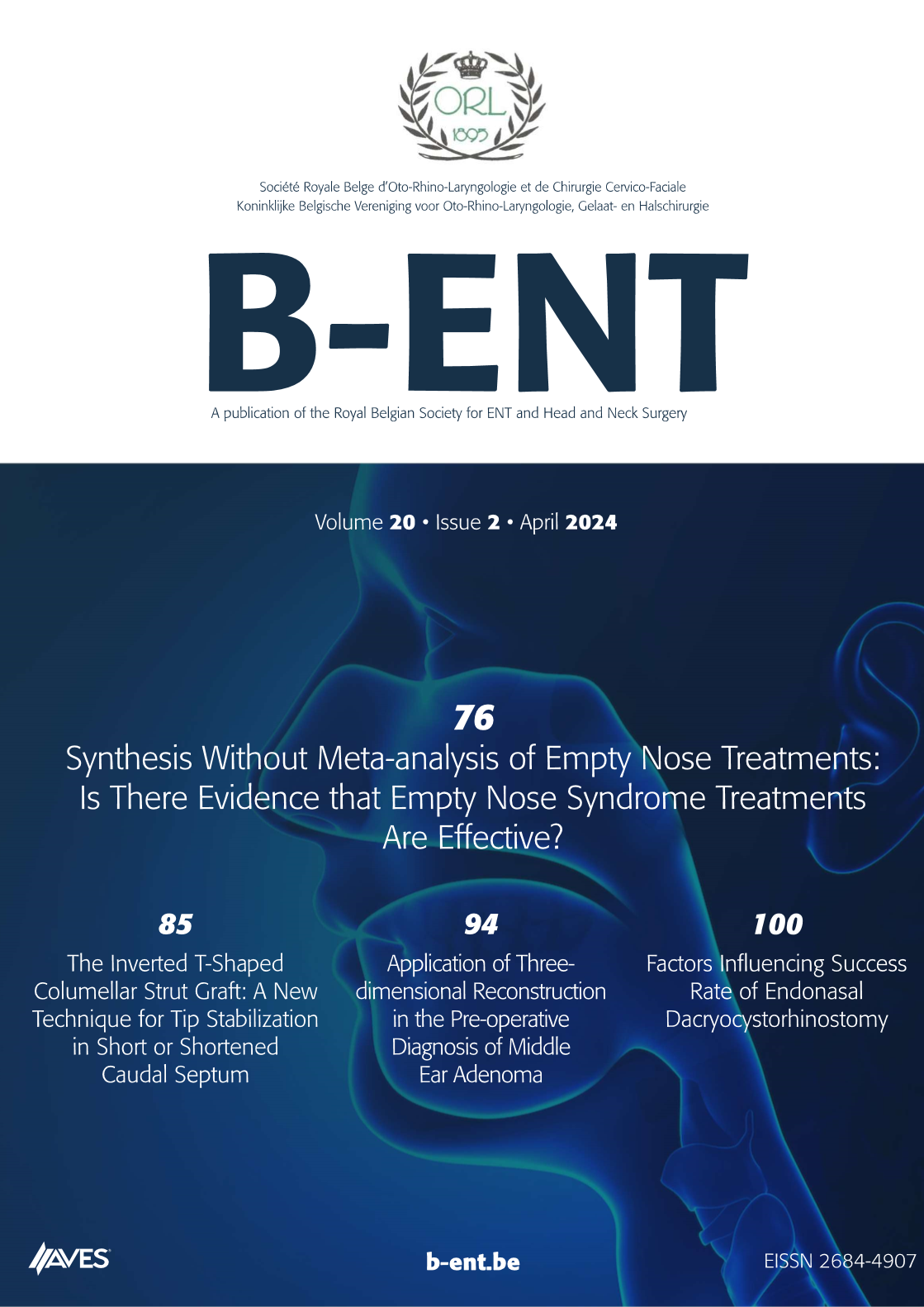Computational Fluid Dynamics Analysis of Nasal Flow. Objectives: Standard methods to examine nasal flow are experimental and do not yield locally detailed results. Using the Lattice-Boltzmann method (LBM), we computed nasal air flow and investigated the relationship between nasal obstruction and anatomical conditions. Because of its mathematical structure, the LBM can be immediately applied to various nasal cavities that are characterized by an extremely intricate geometry. In the present study, the higher efficiency of the LBM allowed for high resolution and detailed analysis of the flow structures in the nasal cavity.
Methodology: Based on a previously validated simulation of nasal airflow in an artificial model, we acquired the nasal geometry of an individual by computed tomography and applied the LBM to numerically solve Navier-Stokes equations and thereby determine nasal flow.
Results: In contrast to frequently used standard finite-volume methods, our method facilitated grid generation and computational parallelisation. The grid modelling of the nasal cavity comprised 4.9 million nodes and the computational time on a high-performance computing cluster was less than 12 hours. The velocity and pressure of the calculated airflow was visualized in every tiny recess of the nasal cavity and areas of interest could be easily identified.
Conclusion: Computer-assisted visualization of patients’ 3D nasal flow structures may be useful for diagnosis, and for planning surgical interventions. Although numerical analysis is far from real-time, and the generation of geometric models still requires a large amount of manual interaction, our simulation approach will be useful for nasal flow research.



.png)
